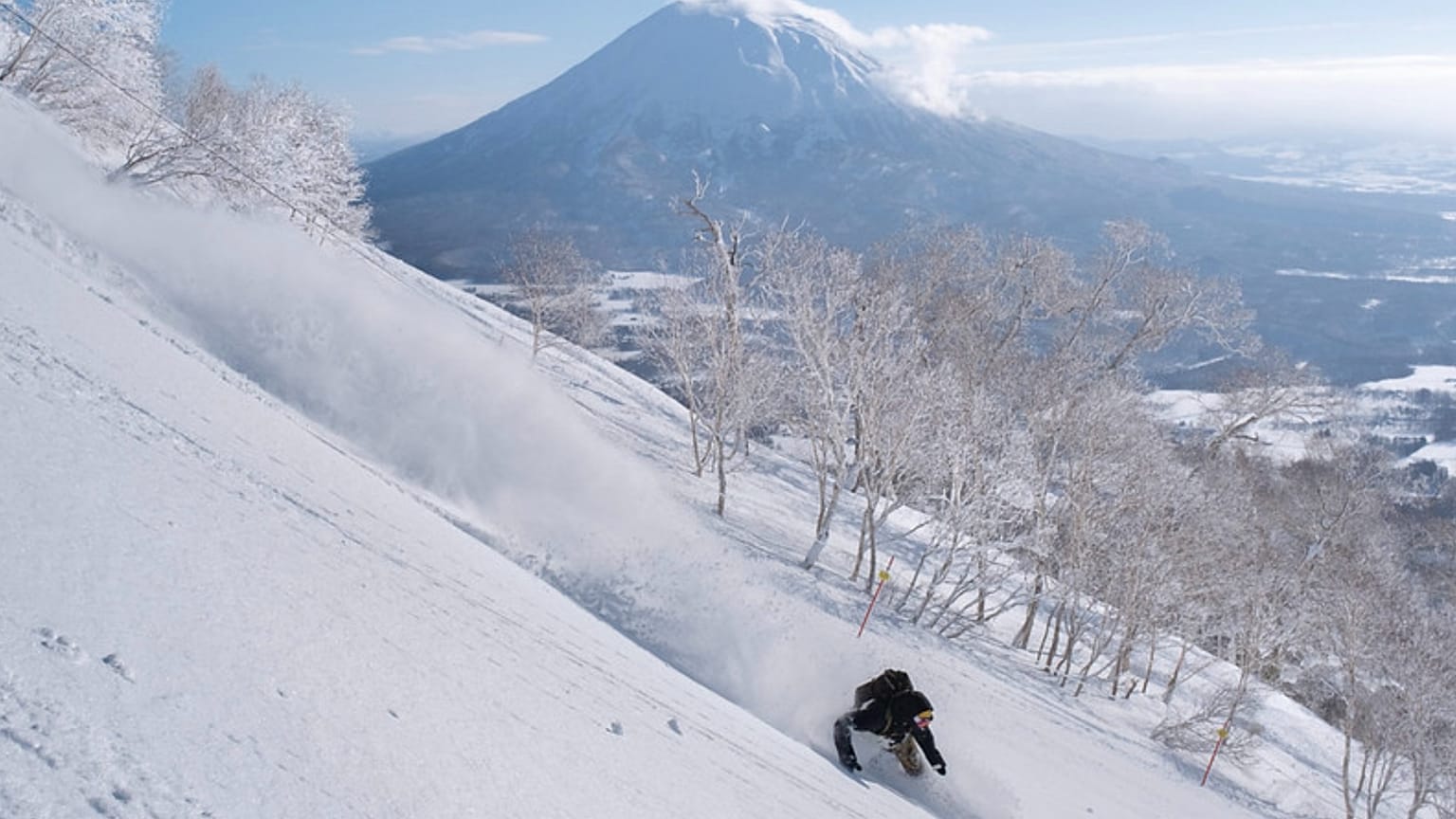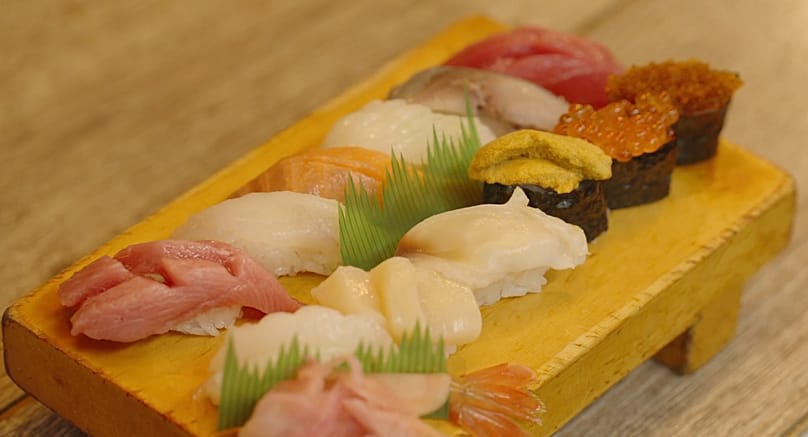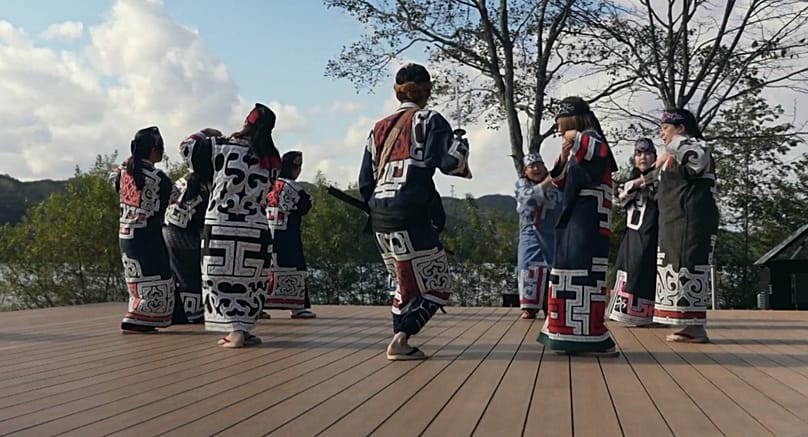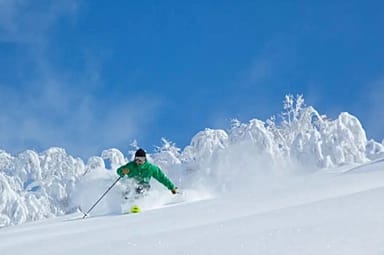Each winter, Japan’s northernmost island, Hokkaido, transforms into a spectacular wonderland of deep snow and vibrant culture.
With its vast, largely unspoiled natural landscapes, rich seas and thriving culinary scene, Hokkaido has enticed and enthralled visitors for generations.
The region offers a mix of winter sports and a distinct après-ski tradition, not to mention a deep indigenous heritage, appealing to skiers, snowboarders and families alike.
The allure of “JAPOW”
The global reputation of Hokkaido’s snow is captured by the term “JAPOW,” an abbreviation for “Japan Powder.”
Sought after by passionate riders worldwide, this celebrated snow is notably light and dry, possessing a quality described as some of the finest on Earth.
This significant, stable snowfall results from cold winds that sweep from the Siberian air mass, passing across the ocean.
The moisture gathered forms clouds that are then blown inland, releasing deep, fluffy snow across the island’s peaks.
This abundance leads to fresh powder almost every day in winter, with renowned resorts like Niseko, Furano and Tomamu receiving meters of snow each season.
In peak season, which includes the renowned month of “Japanuary,” snow depth can reach up to 5 meters in some areas.
The region’s relatively low altitude further contributes to consistent and long-lasting conditions, offering accessible terrain for all skill levels, from tree-lined slopes to wide-open fields.
Hokkaido’s ski resorts are recognized not only for the snow but also for serving as unique cultural gateways.
A key differentiator is the accessibility, with many resorts located within a 30-minute drive of each other, and the farthest destinations accessible within two hours. This allows visitors to enjoy an efficient ski holiday, combining multiple destinations.
For those seeking a truly unique experience, Hokkaido is home to rare hardwood forests, such as those found in Niseko, Rusutsu and Kiroro.
Another major appeal is the integration of cultural experiences, particularly the distinct après-ski activities. A popular post-slope tradition is soaking in an outdoor hot spring (onsen) while the snow continues to fall, or experiencing a snow sauna.
Sapporo Kokusai Ski Resort, situated just outside the capital city, exemplifies this blend, offering diverse courses up to 3.6 kilometers and various snow play zones for families, including snow-racers and handlebar snowboards.
As NARA Wataru, a Hokkaido Adventure Travel Guide, explains, the experience extends far beyond the slopes.
NARA highlights the cultural aspects: “After skiing in Hokkaido, visitors can enjoy fresh seafood, especially the flavorful seafood sushi bowl found throughout the region.”
He adds that activities are available for everyone, even those who do not ski, such as hiking in the snow and enjoying waterfalls or mountain views.
How to get there
Tokyo → Sapporo/New Chitose Airport (approx. 1 hour 30 minutes by plane) → JR Sapporo Station (approx. 40 minutes) → Sapporo Kokusai Ski Resort (approx. 1 hour 30 minutes by reservation-only bus)
Click here for more information.
Sapporo: a culinary base for après-ski
Food is central to Sapporo’s appeal. The city’s proximity to fertile farmlands and rich fishing grounds ensures a constant supply of fresh produce, meats and seafood.
Among the city’s dining experiences is Takee Sushi, a cozy eatery inside Nijo Market, where freshness defines the meal.
Just steps from the seafood stalls, this small restaurant, featuring only a few counter seats and sidewalk tables, serves locally sourced sushi made with sea urchin, crab and scallops.
The casual, lively atmosphere and direct connection to the market’s bounty make Takee Sushi a quintessential Sapporo experience.
This abundance of local produce pairs perfectly with locally brewed beer, wine, sake, and whisky, all crafted from Hokkaido’s pristine ingredients.
Indeed, Nijo Market is a popular destination. There, visitors can savor fresh sashimi, dried Okhotsk atka mackerel, and the famous Yubari melon.
A favorite breakfast at Nijo Market is the Sanshoku Kaisen Don, a rice bowl topped with salmon roe, sea urchin and red king crab.
Another culinary landmark is Ganso Sapporo Ramen Yokocho, or Ramen Alley, recognized as the birthplace of Miso Ramen, a comforting dish first created there in 1948.
Ramen Alley’s narrow lanes house some 17 ramen shops, each serving its own variation of the city’s signature dish.
“We get tourists from overseas, local customers, and people from all over Hokkaido,” says FUJITA of Fujita Shoten in Nijo Market. “That mix gives the market its unique character.”
In addition, travel guide NARA spotlights Sapporo’s beverage culture: “Locally brewed sake is a highlight, made from Hokkaido-grown rice, pure mountain water and the dedication of skilled brewers.”
The city’s culinary excellence culminates each year at the Sapporo Autumn Fest, a major gourmet event that stretches along the 1 kilometre length of Odori Park.
The festival itself features over 300 stalls, offering local wines, craft beers and creative dishes prepared by top chefs.
Ainu Culture: the heritage of the Northern Archipelago
A journey to Hokkaido is incomplete without an introduction to the Ainu people, the indigenous population of the northern Japanese archipelago.
Their vibrant and distinctive culture thrives, and is rooted in a deep spiritual connection to the natural world.
A prime location to experience this heritage is the Upopoy National Ainu Museum and Park, which consists of the national museum, the national park which functions as a cultural experience center, and the memorial site.
Situated on the tranquil shores of Lake Poroto in Shiraoi Town, the cultural complex offers a range of programs in addition to the museum’s permanent exhibition, which delves into six core themes of Ainu heritage.
The popular name “Upopoy” is a coined term in the Ainu language that translates to “singing together in a large group.” The Ainu language, distinct from Japanese, is central to their identity.
Today, there is a dedicated effort to revive traditions and create new forms of Ainu culture.
Traditional dances, a celebration at family events and festivals, and crafts like wood carving and embroidery, adorned with unique patterns, paint a vivid narrative of this heritage.
The Ainu universe is shaped by the presence of kamuy (spirit-deities). The Ainu believe that all things in nature—plants, animals, fire, water and other elements—have spirits, and those especially vital to humans are revered as kamuy.
These kamuy not only bring blessings but also exert a range of influences upon the human world. The iyomante ritual is a ceremony held to honour the kamuy who have come into the human realm, helping them to return to their own world with gratitude.
Ainu life traditionally revolved around nature’s cycles. Their work involved hunting deer and bears in the mountains and seals by the coast, as well as fishing for swordfish. They also gathered wild plants, cultivated farms and fished for salmon.
The history of the Ainu, integral to the history of Japan’s indigenous people, is understood as a continuous progression through the ages, unfolding through oral traditions.
Visitors to Upopoy can further engage in this rich tradition via cultural activities as well as exhibitions, performances and workshops.
Hokkaido for all
Hokkaido offers a genuinely authentic and diverse winter experience, both on the slopes and within the vibrant city centers.
Beyond the snow, the island provides a cultural mix of invigorating après-ski activities, from hot springs and snow saunas to exploring the indigenous Ainu heritage.
Whether drawn by the renowned JAPOW, the cuisine and local beverages, or the rich culture and nature, Hokkaido presents a range of attractions that can be enjoyed by many.
Alcohol can damage your health, please drink responsibly.




